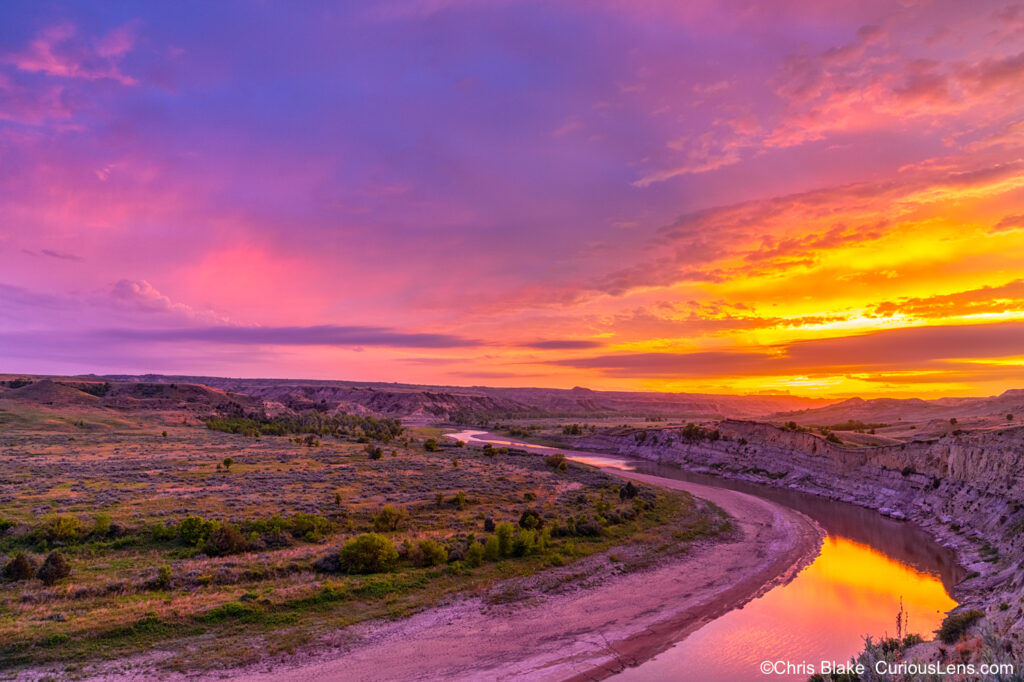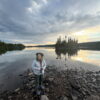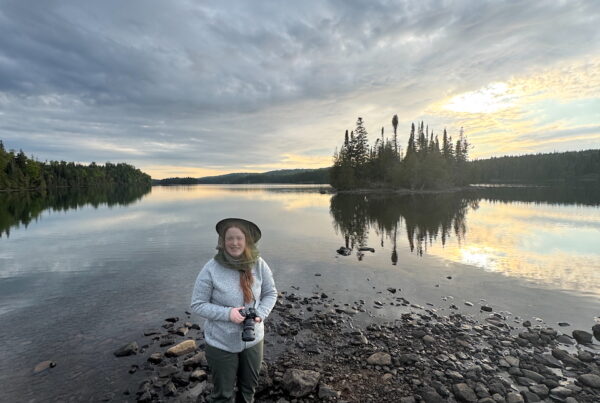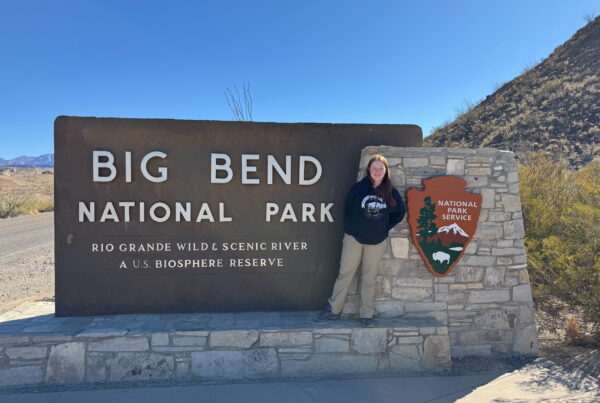When Theodore Roosevelt ventured into the Dakota Territory to hunt bison in 1883, he was a slender, bespectacled young man from New York, unprepared for how profoundly this adventure would shape his and America’s future. The challenging terrain and lifestyle he encountered would lay the groundwork for a conservation policy that remains influential today. – Adapted from NPS Site
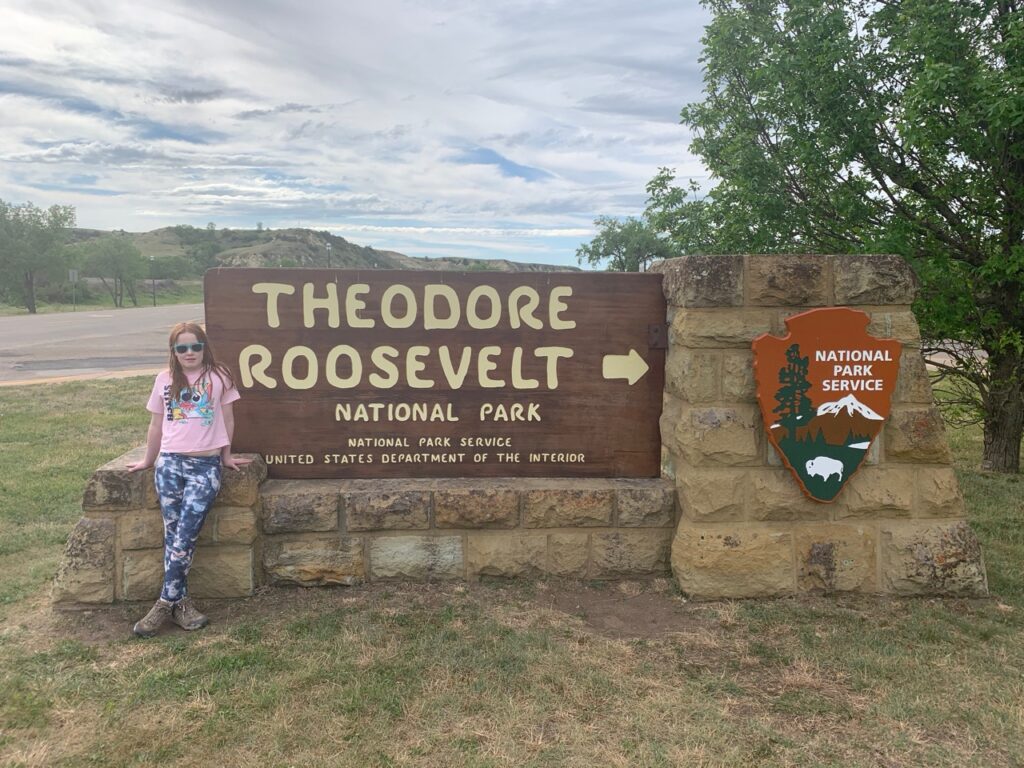
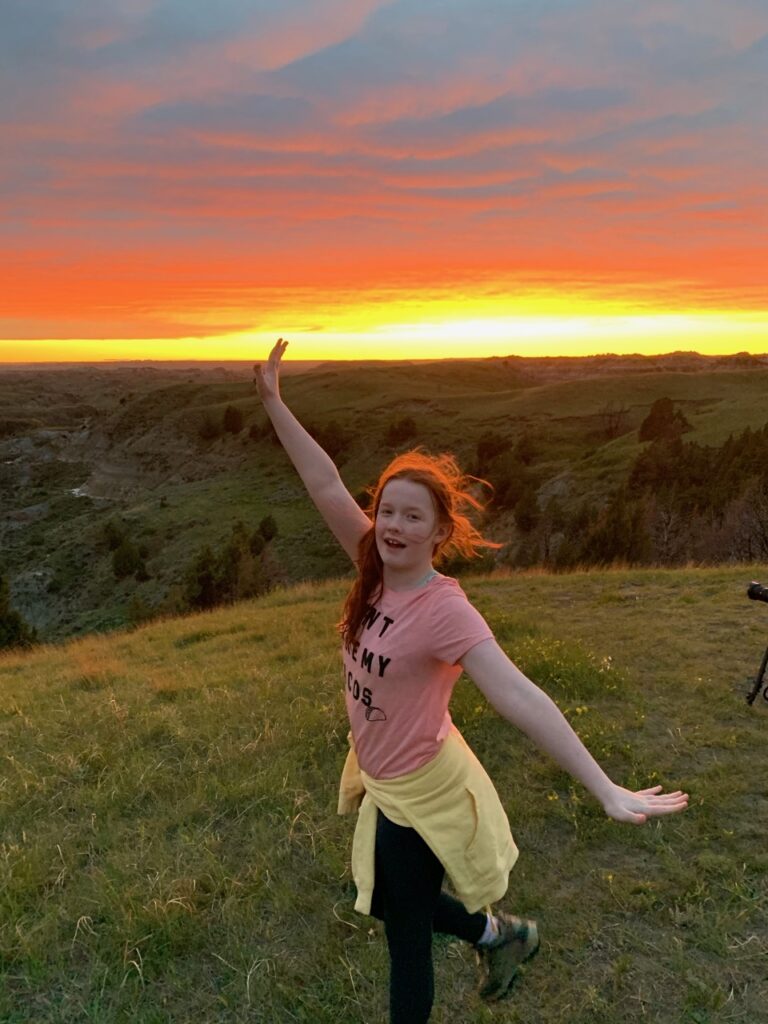
Theodore Roosevelt National Park, often overshadowed by more well-known parks, is a hidden treasure within the National Park system. Spanning 110 square miles, it is divided into three distinct units. The South Unit is the largest and most frequented, while the North Unit lies 80 miles away. Nestled between these is the remote Elkhorn Ranch on a lengthy dirt road, making this the only National Park named directly after a President.
Roosevelt’s initial visit to the Badlands in 1883 captured his heart, prompting a $14,000 investment in a local ranch. He later established his own Elkhorn Ranch 35 miles north of Medora, which still stands today.
Efforts to preserve the area began as early as 1919, with the Civilian Conservation Corps (CCC) developing infrastructure in 1920 that remains in use. In 1935, it was named the Roosevelt Recreation Demonstration Area, later becoming the Theodore Roosevelt National Wildlife Refuge in 1946, before finally gaining National Park status in 1947.
The park features diverse landscapes from Badlands to open prairies—some of the only untouched original prairie land in the U.S., unaltered by plowing or seeding. The Little Missouri River meanders through all three units, enhancing the scenic beauty.
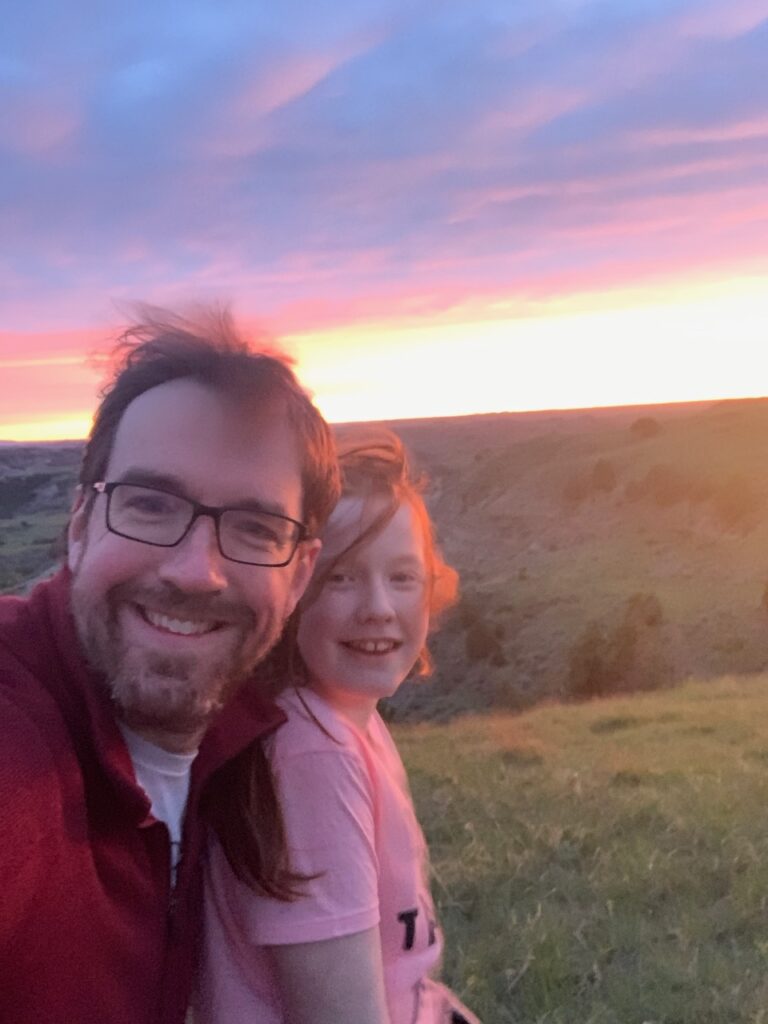
During our four-day visit, we encountered an impressive array of wildlife: bison, wild horses, bighorn sheep, deer, prairie dogs, and coyotes—more than any other park visited thus far.
We chose to stay in Dickinson, ND, about 30-40 minutes from the South Unit. While not the most convenient location, it offered reliable internet for work and school, as well as ample dining and shopping options.
Many visitors opt to stay in Medora, ND, a town that transports you back to the Old West with its quaint charm, wooden sidewalks, and historical shops. Medora is a hub for exploring the park, offering stagecoach rides and unique shopping experiences.
Our journey was largely spent in the South Unit, where roads lead to major sites and trails. The Wind Canyon Trail became a favorite for watching sunsets over the Little Missouri River, where herds of bison roam the plains below.
One sunset at Wind Canyon was particularly memorable; the sky and ground radiated with warm yellows and reds, creating a serene, glowing atmosphere that paused time itself.
The Scenic Loop Drive offers numerous overlooks and trailheads. The area around Boicourt Trail was a highlight, where we watched a massive thunderstorm approach, its lightning bolts striking dramatically close, prompting a swift retreat to our car.
Buck Hill provided a panoramic view of the park’s vast prairies and distant badlands. The ascent was made more interesting by bison using the road, choosing the path of least resistance.
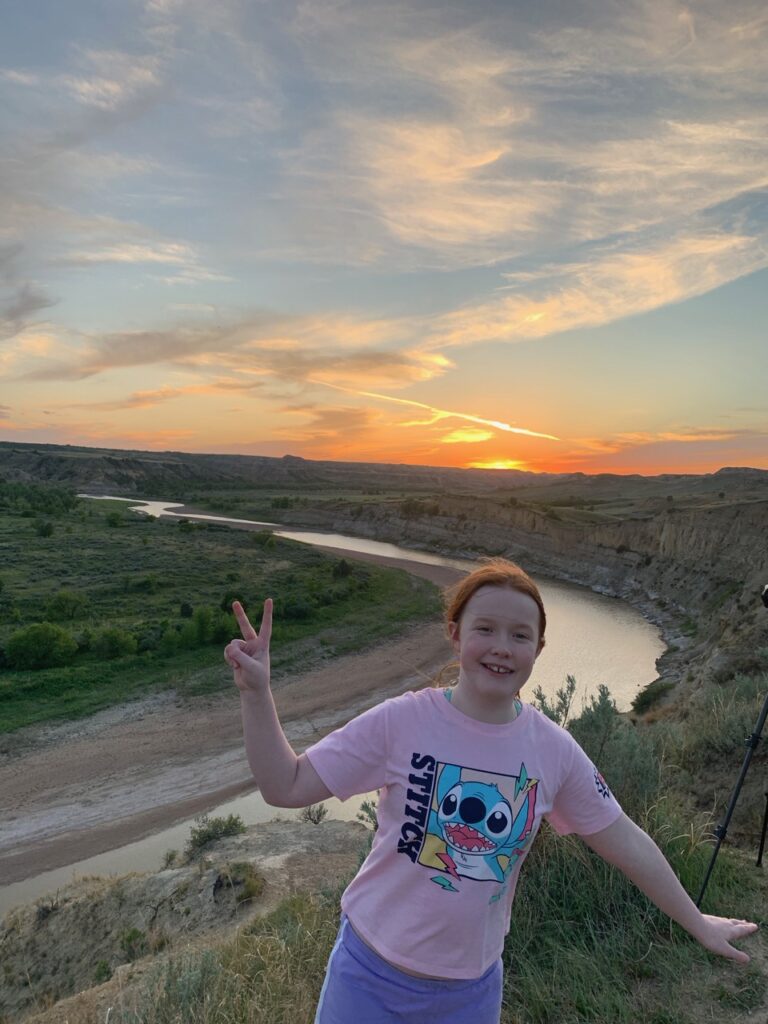


The weather was ideal, with warm days and frequent thunderstorms adding dramatic flair to our photographs, though sometimes the wind atop the badlands was so strong it challenged our balance.
A trip to the North Unit’s Oxbow Overlook offered solitude and intense weather, with strong winds and a storm that hindered photography but provided a memorable experience. On our return, we marveled at the Cannonball Concretions, massive spherical rocks resembling their namesake.
Interestingly, the North Unit operates in the Central Time Zone, while the South Unit is in the Mountain Time Zone, despite their vertical alignment.
Theodore Roosevelt National Park, with its rich history and natural beauty, calls for a return visit. There’s still so much to discover in this understated gem.
